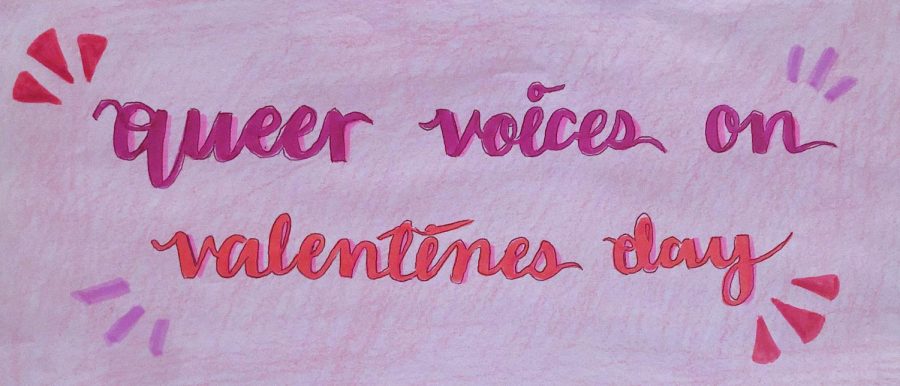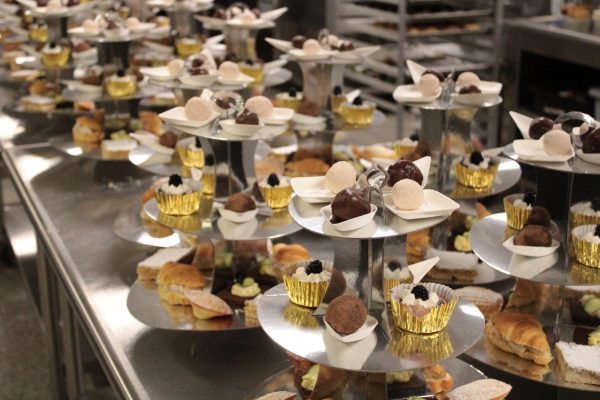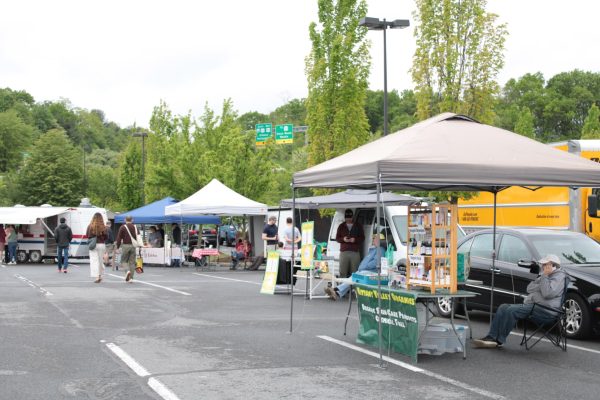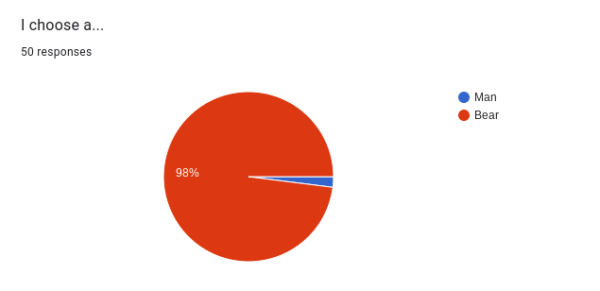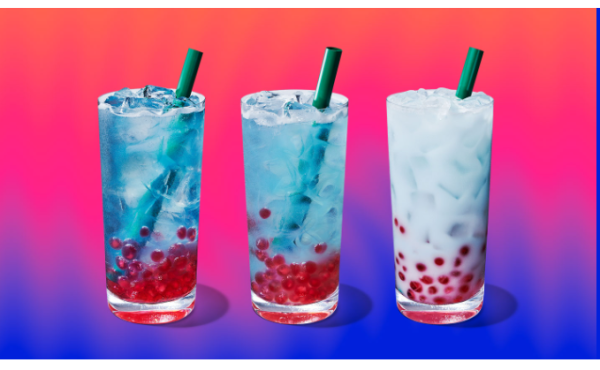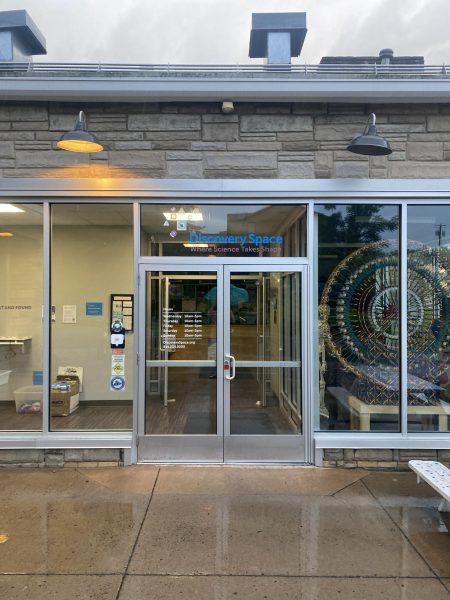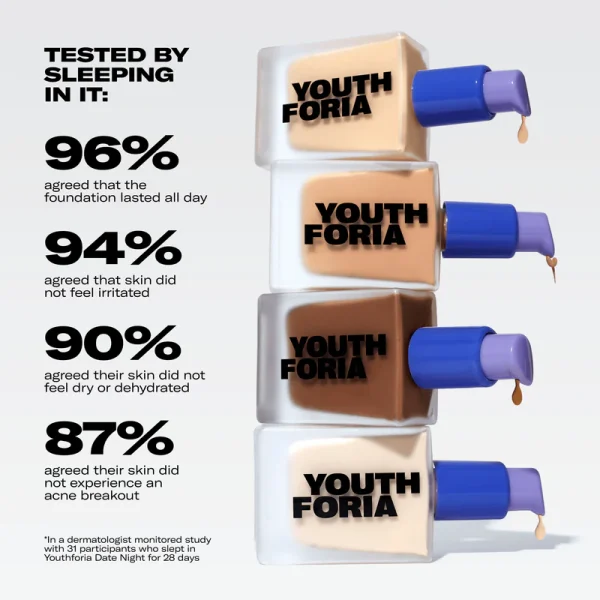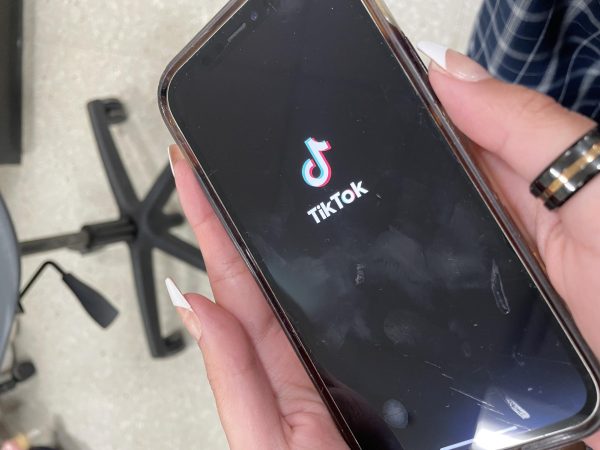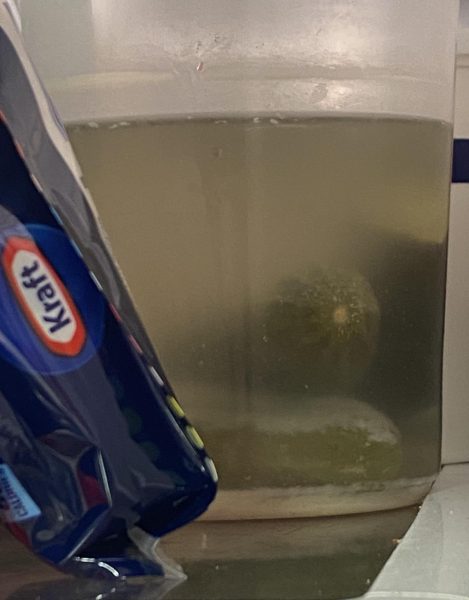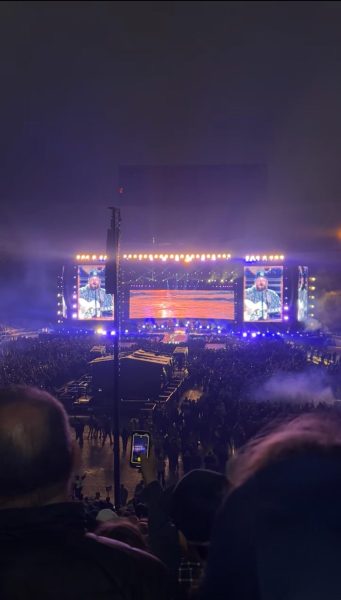Valentine’s Day Isn’t Pink, It’s a Rainbow
A Reflection on Valentine’s Day: The LGBTQA+ View
An illustration featuring the words “queer voices on valentine’s day” written with marker on a piece of paper.
March 21, 2022
(The complicated history of the word queer — and how its reclamation as a positive or neutral term of identity isn’t universally accepted — is a fact that should be acknowledged. In this article, queer is used as an inclusive term to refer to those who identify within the spectrum of identities that make up the LGBTQIA+ community, and not as a derogatory term.)
Girl meets boy. Boy meets girl. Boy and girl have a crush on each other. Boy and girl hold hands, kiss, dance without leaving room for Jesus, go on dates, get married, etc. This is the “classic” love story, and to be more specific, it’s an outdated one.
When it comes to Valentine’s Day, the queer perspective is often left out or forgotten. Despite being the “day of love,” it neglects to discuss the different dimensions of love and attraction.
It’s 2022, and it goes without saying that there is a lot more nuance within the spectrums of relationships (or lack thereof) than depicted above. The idea of “boy meets girl” is one that often excludes the LGBTQIA+ community, but it’s an idea that is consistently normalized and commercialized.
Valentine’s Day commercials and marketing typically focus on heterosexual monogamous relationships and all of the romantic and/or sexual activities they’ll have to celebrate the holiday. Out of the thousands of American movies that are centered around romance (American Beauty, The Notebook, The Spectacular Now, The Kissing Booth, and more), only a few focus on a queer love story or feature queer characters. This begs the question: What about the non-cis relationships? The aromantic people? The asexual people? The polyamorous people? Where are their voices and experiences?
These queer experiences are completely valid and deserve a platform, and these voices exist within our school district.
Sophomore Ace Moore spoke on their experiences as someone who is ace-spec (someone who identifies within the asexuality spectrum) and how that affects their Valentine’s Day.
“[My identity] affects how I display public affection in general and especially on Valentine’s Day. [It’s] so heteronormative that it’s exclusive because it’s just a lot of straight people,” Moore said. “It’s exclusive [of] the LGBTQA+ community because we’re seen as gross for displaying affection. Especially in public. That’s…not fun.”
Heteronormativity is a term used to describe the normalization of ideals that the LGBTQIA+ community does not fit into. The supposedly classic “girl meets boy, boy meets girl” love story is a prime example of a heteronormative idea of romance and love. Not fitting into these heteronormative ideas can be an ostracizing and fearful experience.
“It’s not that I’m scared of Valentine’s Day,” Moore continued, “but it scares me. Being seen as gross or ‘othered’ is just extremely scary to me. I think showing my affection during Valentine’s Day is scary. [I don’t] want to be seen as ‘othered,’ especially to homophobic people, and people in general don’t accept the LGBTQA+ community.”
Alsou Umarova, a State High graduate and Penn State sophomore, spoke on her thoughts and experiences as someone who is omnisexual (someone who is attracted to all gender identities and sexual orientations, and recognizes the gender of potential partners) and demisexual (someone who feels sexual attraction to someone only once they’ve emotionally bonded), and also talked about the exclusivity of the holiday.
“It feels awkward if I were to date someone who wasn’t the opposite gender of me, someone who didn’t identify as male… It’s always the stereotypical ‘Oh, guys and girls.’ And then, ‘Oh you don’t wanna be alone on Valentine’s Day, so you have to have one night stands and stuff, and be with someone and not be alone.’ It’s this whole stigma of having to fit social norms.” Umarova continued into more detail about specific marketing that promotes these social norms: “You know the cheesy things like ‘his and hers,’ but if I date someone who uses they/them pronouns, they’re not gonna feel good, and that in turn won’t make me feel good. That’s just one example.”
Two anonymous sources that offered to give insight into their queer experiences further affirmed the exclusivity of Valentine’s Day marketing. As they described, most Valentine’s Day products are aimed towards heterosexual pairings, romance and sex, and people who use either she/her or he/him pronouns. Due to this focus on heterosexual pairings, groups like the polyamorous community are often excluded.
Umarova and Moore both continued to expand upon the exclusivity of Valentine’s Day, emphasizing that the holiday should be for everyone:
“I disagree with the idea that Valentine’s Day is normally for couples. I feel like it should be with anyone or anything you love, not just in a romantic or sexual sense. What am I supposed to do on Valentine’s Day — be sad that I’m alone? Like, no! This year I spent it with my mom,” Umarova said. “We had fun, we had dinner, we made it fancy, and I really enjoyed it. I don’t like how stereotypical Valentine’s Day is, because it’s about celebrating love, and how are you going to categorize love?”
Moore added to the idea of the different ways people celebrate Valentine’s Day: “Queer people are really only represented [during] pride month, but Valentine’s Day is a holiday for everyone. It’s a holiday about love and it should be inclusive [of] everyone, especially aromantic people, who should be able to celebrate their platonic relationships. They’re constantly being told to ‘spread the love’ and I can’t imagine how hard that is.”
Love comes in many different forms. However, queer people still feel pressure to fit stereotypes and social norms out of fear of being judged or discriminated against. Umarova, Moore, and the two anonymous sources weighed in on how those within the community could help make Valentine’s Day more encompassing towards queer people, and how to make the space more accepting overall.
“It’d be nice if they promoted Valentine’s Day while including the LGBTQA+ community into it, changing that stereotypical perception people have of Valentine’s Day and how it’s meant for men and women, or only people in romantic and sexual relationships. Someone else’s sexuality and someone else’s decisions aren’t your business,” Umarova said.
Umarova further noted the danger these stereotypes can pose: “I feel like Valentine’s Day is one of the easiest times to accidentally out someone, because everything is unfortunately gendered, especially during Valentine’s Day. To do better, just be respectful.”
Moore had a concise and impactful closing statement.
“I just want to tell people that [queer people] experience love the same as you,” they said. “It’s not anything that should be othering. Love is love.”
The anonymous sources stated that they would want queer people in or out of relationships to know that it is okay for them to be open about how they feel. They emphasized the importance of listening to queer voices in order to be an effective ally and friend.
So the next time Feb. 14 comes rolling around, and people rush to ask their friends how they’ll celebrate, or head to stores for all of the chocolate sales, it’s important to remember that Valentine’s Day isn’t just pink and red; there’s a rainbow behind every heart sticker, and a lot more nuance behind the day of love. Celebrating this nuance on Valentine’s Day can create ripples of inclusivity and hopefully inspire those outside of the LGBTQIA+ community to help make their own communities more accepting.

